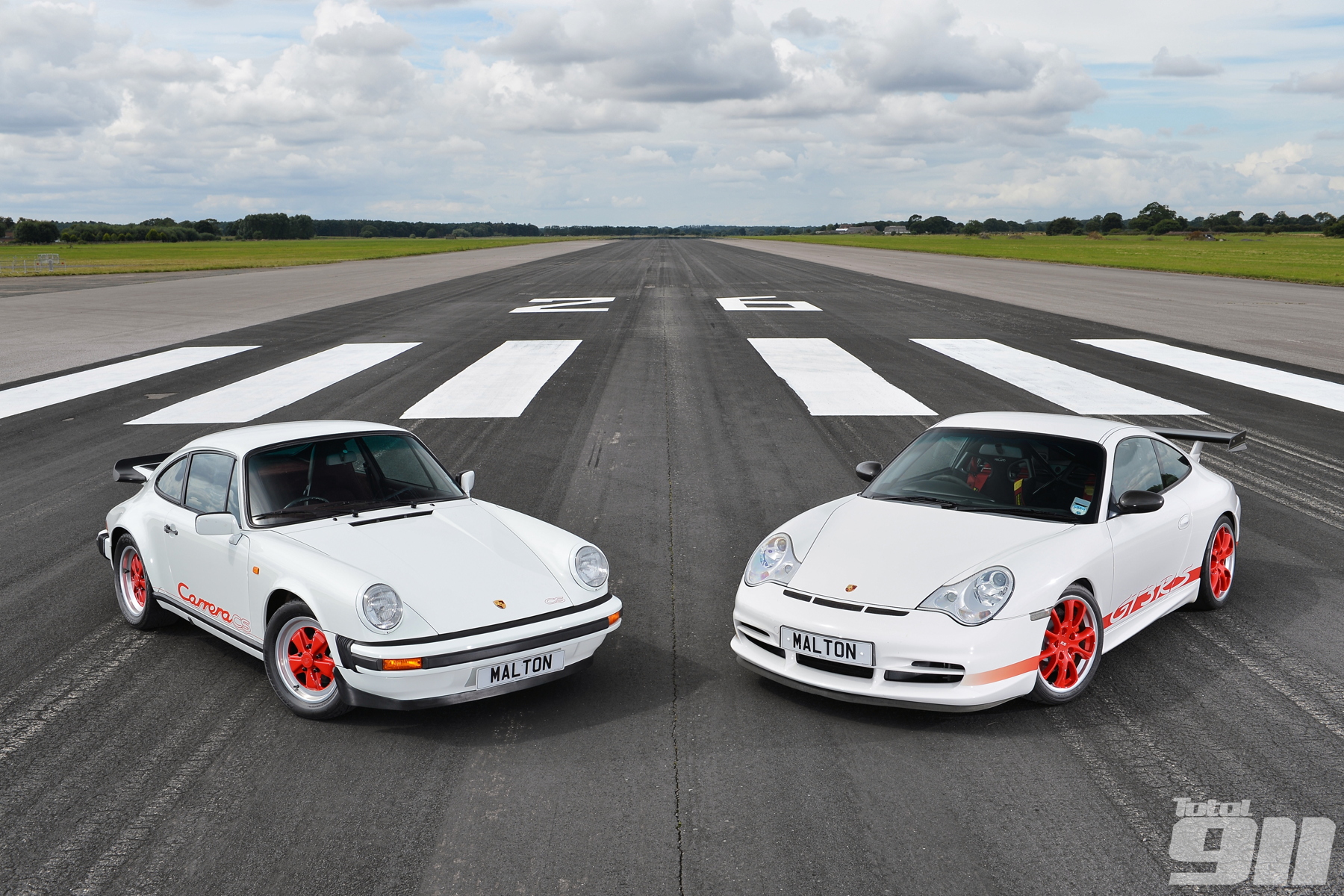Lightweight superstars: a history of Porsche 911 weight-saving
Perhaps more than any other car manufacturer, Porsche has evangelical ethos of seeking to improve performance by creating lighter editions of its sports cars in the quest for purity in performance.
Particularly evident throughout the 911’s entire lineage, the Porsche achievement of enhanced performance and durability with reduced weight stands alone.
The 2.7 RS, introduced after ten years of 911 production and well documented in recent editions of this magazine, achieved motorsport fame before becoming the holy grail of car investment legend.
Later, its Rennsport successors did the same, with the water-cooled GT3 RS creating a resurgence in Porsche Cup popularity and some giant-killing performances in GT racing.
But there are other variants away from that RS moniker that can still claim ‘lightweight’ 911 status. One of these is the 3.2 Carrera Clubsport, introduced in 1987.
At the time, the Clubsport seemed to slip by with little to celebrate in competition – and visually too, you have to say it’s not exactly awe-inspiring at first glance.
The changes are individually very small, including deletion of electric seats, an alloy spare wheel instead of a steel item, and no sunroof, radio for air conditioning.
At face value it reads like weight saving of the Obsessive Compulsive Disorder style, but add this all up and you’ll realise that Stuttgart managed to shave 50 kilograms off the base 3.2 Carrera.
To read more of our Lightweight Superstars feature, including our time behind the wheel of both the 3.2 Carrera Clubsport and the 996 GT3 RS, grab the latest issue of Total 911 in store or online now. Alternatively, download it straight to your digital device for an immediate 911 fix.




Comments (0)